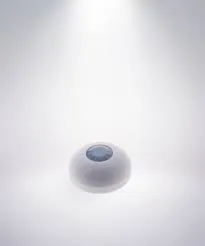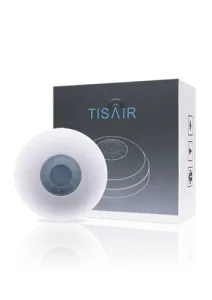The AIR-ES-IR is a ceiling-mounted PIR motion detector with 180-degree infrared emitters and one lighting relay switch channel. It also has 32 logic lines available, which allow for integration with other smart home devices.
The AIR-ES-IR is a ceiling-mounted PIR motion detector with 180-degree infrared emitters and one lighting relay switch channel. It also has 32 logic lines available, which allow for integration with other smart home devices.
The AIR-ES-IR is a versatile sensor that can be used for a variety of applications, including:
The AIR-ES-IR is easy to install and configure, and it can be used with a variety of smart home platforms.
Here are some of the key features of the AIR-ES-IR:
The AIR-ES-IR is a powerful and versatile sensor that can be used to improve energy efficiency, security, and convenience in your home or office.

There are many reasons why you might want to use an AIR-ES-IR sensor. Here are a few of the most common benefits:
In addition to these general benefits, the AIR-ES-IR also offers a number of specific features that make it a good choice for a variety of applications. For example, the AIR-ES-IR has a 180-degree infrared detection range, which means that it can cover a large area. It also has 32 logic lines, which allow it to be integrated with other smart home devices. This makes the AIR-ES-IR a good choice for complex home automation projects.
Overall, the AIR-ES-IR is a versatile and powerful sensor that can be used to improve energy efficiency, security, and convenience in your home or office.

Sensors are devices that detect and respond to some type of input from the physical environment. The input can be light, heat, motion, moisture, pressure or any number of other environmental phenomena. Sensors are used in a wide variety of applications, including:
Sensors are typically classified by the type of environmental factor they monitor. Some common examples of sensors include:
Sensors are an essential part of many modern technologies. They allow us to interact with the world around us in new and innovative ways.
Here are some examples of how sensors are used in our everyday lives:
Sensors are becoming increasingly important as technology advances. They are used in a wide variety of applications, and they are helping us to create new and innovative products and services.
| Brand | |
|---|---|
| Input | : |
Reviews
There are no reviews yet.